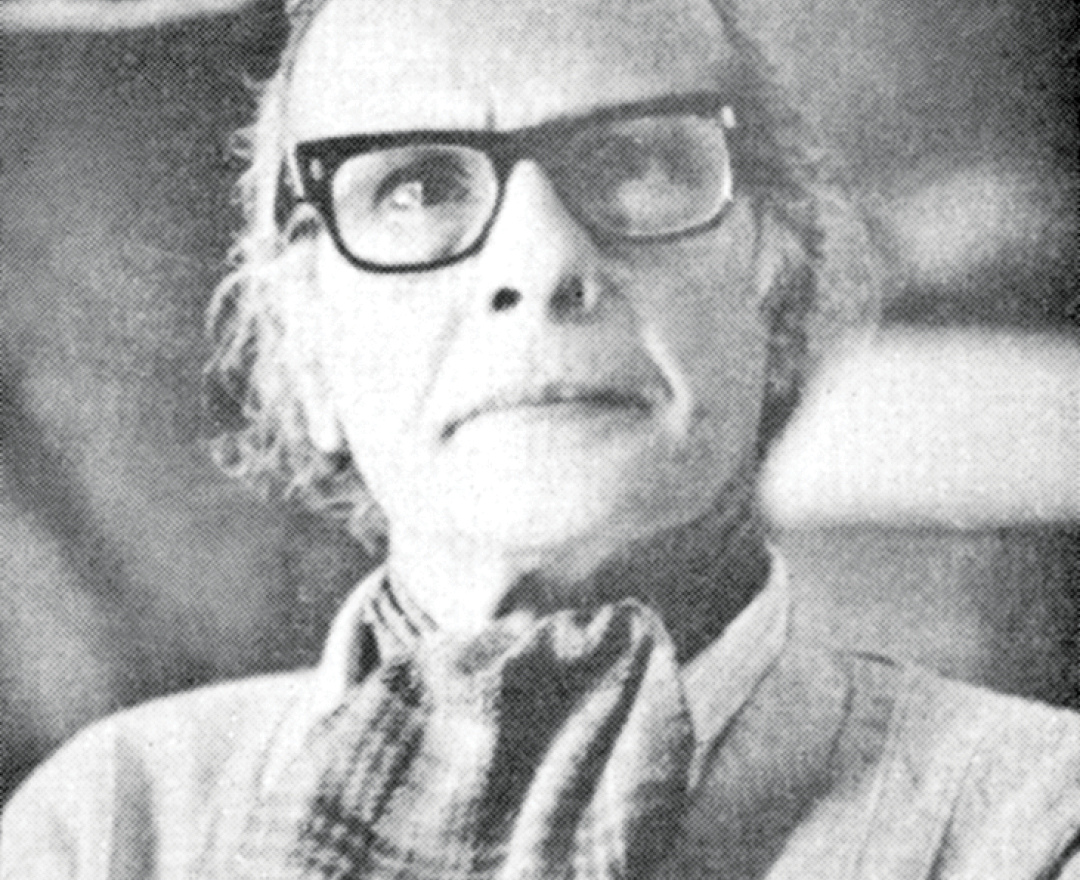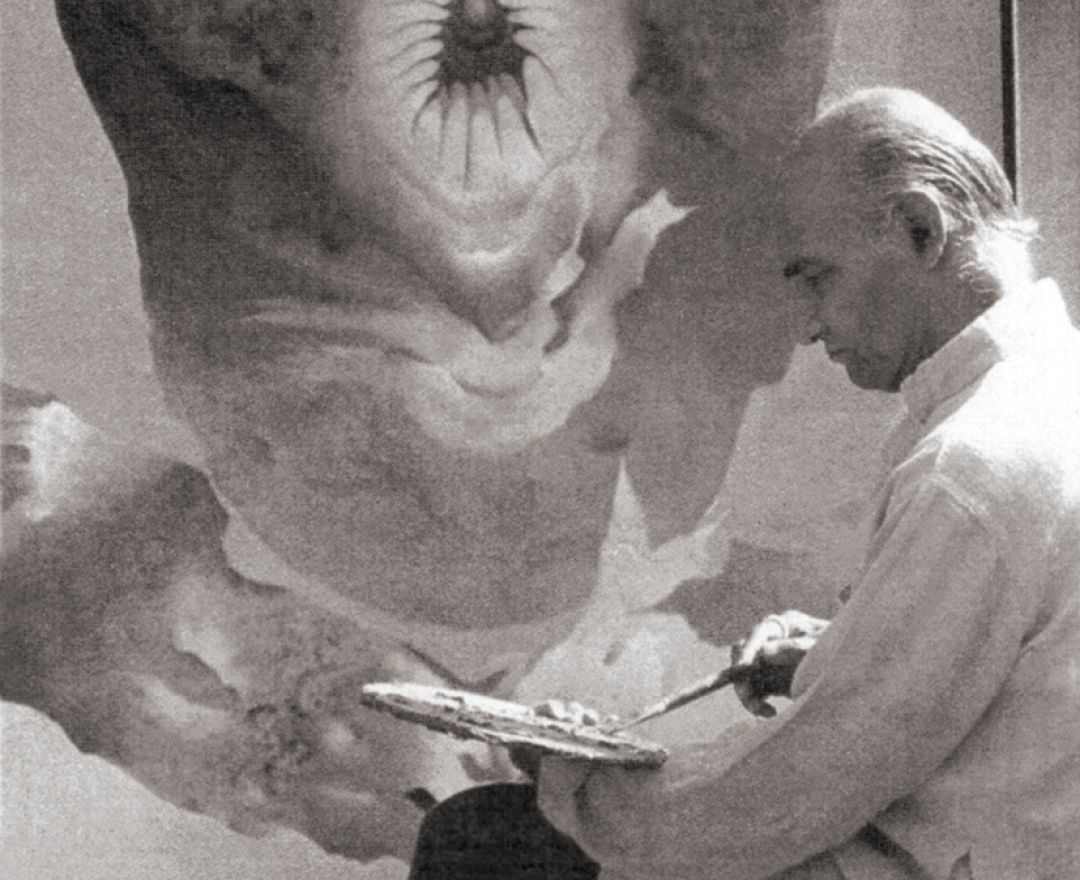Hemanta Misra
Hemanta Misra
Hemanta Misra
|
1917 - 2009 Hemanta Misra |

‘His colour merges into the atmosphere without having a separate existence of its own. This abstracted harmony of colour and form plus the inner content...build up his painting to fruitful meaning’
PRODOSH DAS GUPTA
artworks
dag exhibitions
|
The ‘Manifestations’ series of 20th Century Indian Art, Editions VII, VIII, IX, X |
|
DAG, New Delhi, 2012-14 |
|
‘Indian Landscapes: The Changing Horizon’ |
|
DAG, New Delhi, 2012 |
|
‘Indian Abstracts: An Absence of Form’ |
|
DAG, New Delhi, Mumbai, New York, 2014-15 |
notable collections
|
National Gallery of Modern Art, New Delhi |
|
Lalit Kala Akademi, Imphal |
|
Academy of Fine Arts, Kolkata |
|
Rabindra Bharati Museum, Kolkata |
|
Museum of Oriental Culture, Moscow |
|
British Council, Bangkok |








